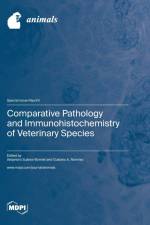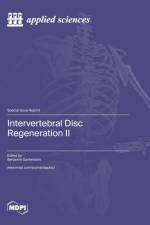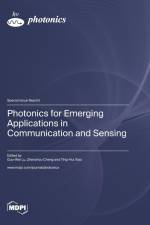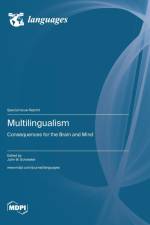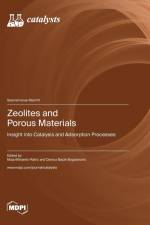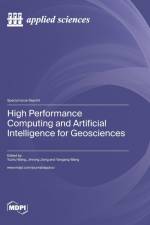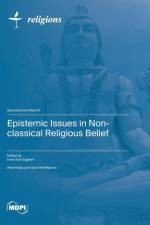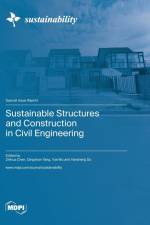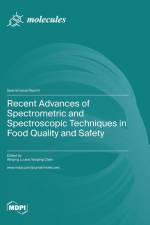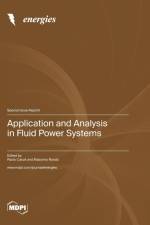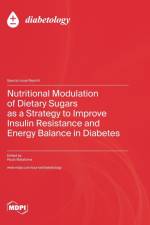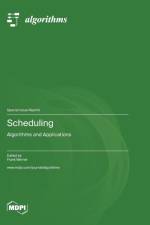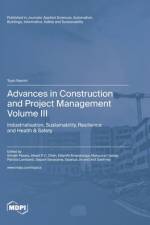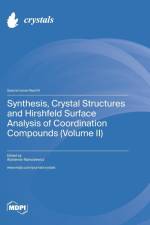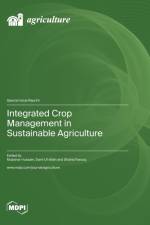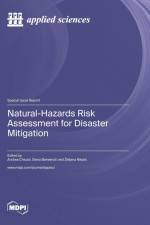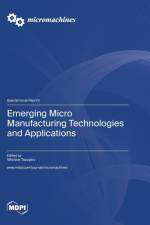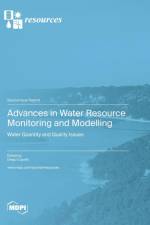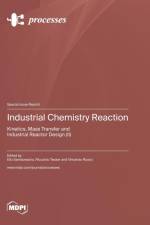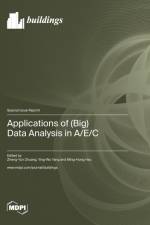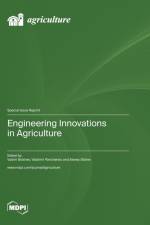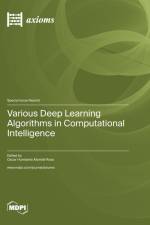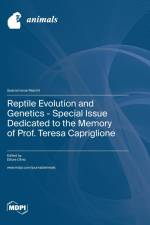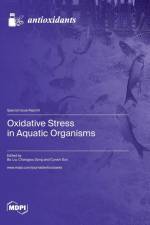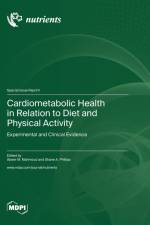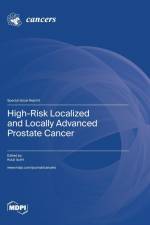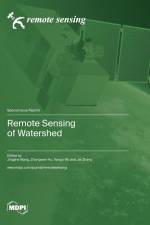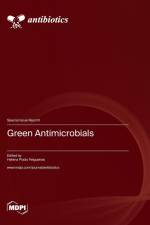947
This Special Issue (SI), entitled "Application of (Big) Data Analysis in A/E/C (architecture, engineering, and construction)", in Buildings has published quality papers outlining novel contributions of the application of big data theory, modeling techniques, and methodologies as a tool for leveraging data analytics in the building industry. Contributions have covered related topics from various application domains of the global A/E/C industry, including structures/structural engineering, materials/geotechnical engineering, construction design/measure, IS/BIM, transport/energy planning and building management, etc. As can be seen in the editorial essay, some domains have been addressed with more emphasis, but some are not. In addition to the editorial essay, the published research works have also touched almost all phases of (big) data analytics, including data collection and curation, data pre-processing, data analysis, prediction, (data-driven) decision making and decision supports, etc., except that related topics about forecasting are still missing. This allows for identifying 'hot zones' of research, in which follow-up research and extended studies should be performed, and 'cold zones', awaiting the utilization and novel application of data and theories/models.

